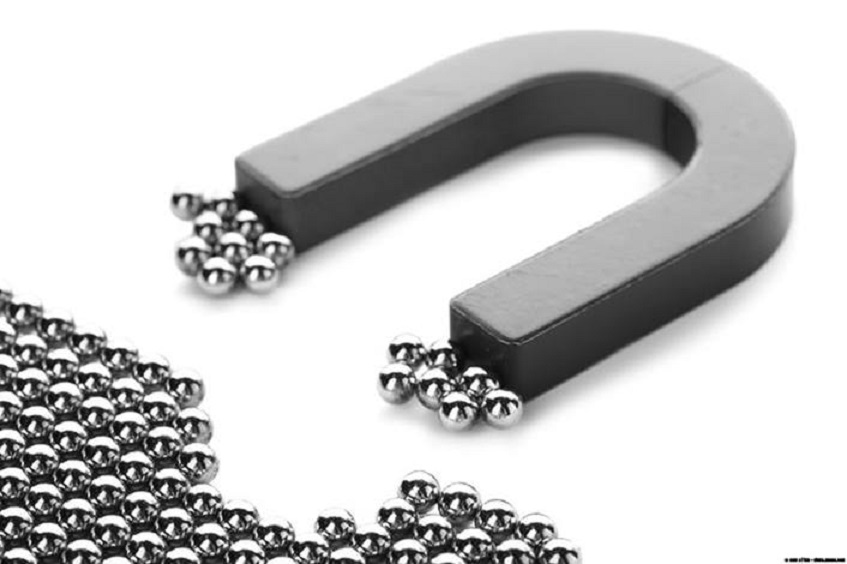Curie Temperature & Working Temperature of Magnets
If you are not familiar with magnets, then you may encounter such questions as what is the Curie temperature of a magnet, what is the working temperature of a magnet, and what is the difference between them. Therefore, in this article, let's take a deeper look at the curie temperature & working temperature of magnets.
 Curie Temperature & Working Temperature of Magnets
Curie Temperature & Working Temperature of Magnets
What's the Curie Temperature of Magnets?
The Curie temperature is also known as the Curie point or magnetic transition point. It refers to the temperature at which the spontaneous magnetization in a magnetic material drops to zero, and is the critical point at which ferromagnetic or ferrimagnetic materials are transformed into paramagnetic materials.
Ferromagnetic materials have strong magnetism after being magnetized, but as the temperature rises, the intensification of the thermal movement of the metal lattice will affect the orderly arrangement of the magnetic domain and magnetic moment.
When the temperature reaches the orderly arrangement sufficient to destroy the magnetic moment of the magnetic domains, the magnetic domains are collapsed, the average magnetic moment becomes zero, and the magnetism of the ferromagnetic substance disappears and becomes a paramagnetic substance. A series of ferromagnetic properties (such as high permeability, hysteresis loop, magnetostriction, etc.) associated with magnetic domains have all disappeared, and the permeability of the corresponding ferromagnetic material is transformed into the permeability of the paramagnetic material. The temperature at which ferromagnetism disappears is the Curie point temperature.
What's the Working Temperature of Magnets?
The working temperature generally refers to a temperature range in which the magnet works normally. In fact, the maximum operating temperature of most magnets is far lower than the Curie temperature. Within the operating temperature range, the magnetic force will decrease if the temperature rises, but under the condition of not exceeding the Curie temperature, the magnetic force will recover after the temperature drops.
The Relationship between the Working Temperature and the Curie Temperature of a Magnet
The higher the Curie temperature of the magnet, the higher the working temperature and the better the temperature stability. The addition of cobalt, terbium, dysprosium, and other elements to the sintered neodymium iron boron raw materials can increase its Curie temperature. Therefore, high coercivity products generally contain dysprosium.
The Maximum Use Temperature of a Magnet
This depends on its own magnetic properties and the choice of the operating point. For the same magnet, the more closed the working magnetic circuit is, the higher the maximum operating temperature of the magnet is and the more stable the performance of the magnet is. Therefore, the maximum use temperature of the magnet is not a certain value, but changes with the degree of closure of the magnetic circuit.
Conclusion
Thank you for reading our article and we hope it can help you to have a better understanding of the curie temperature & working temperature of magnets. If you want to learn more about magnets, we would like to advise you to visit Stanford Magnets for more information.
As a leading magnet supplier across the world, Stanford Magnets has been involved in R&D, manufacturing, and sales of magnets since the 1990s. It provides customers with high-quality permanent magnets like SmCo magnets, neodymium magnets, AlNiCo magnets, and ferrite magnets (ceramic magnets) at a very competitive price.















